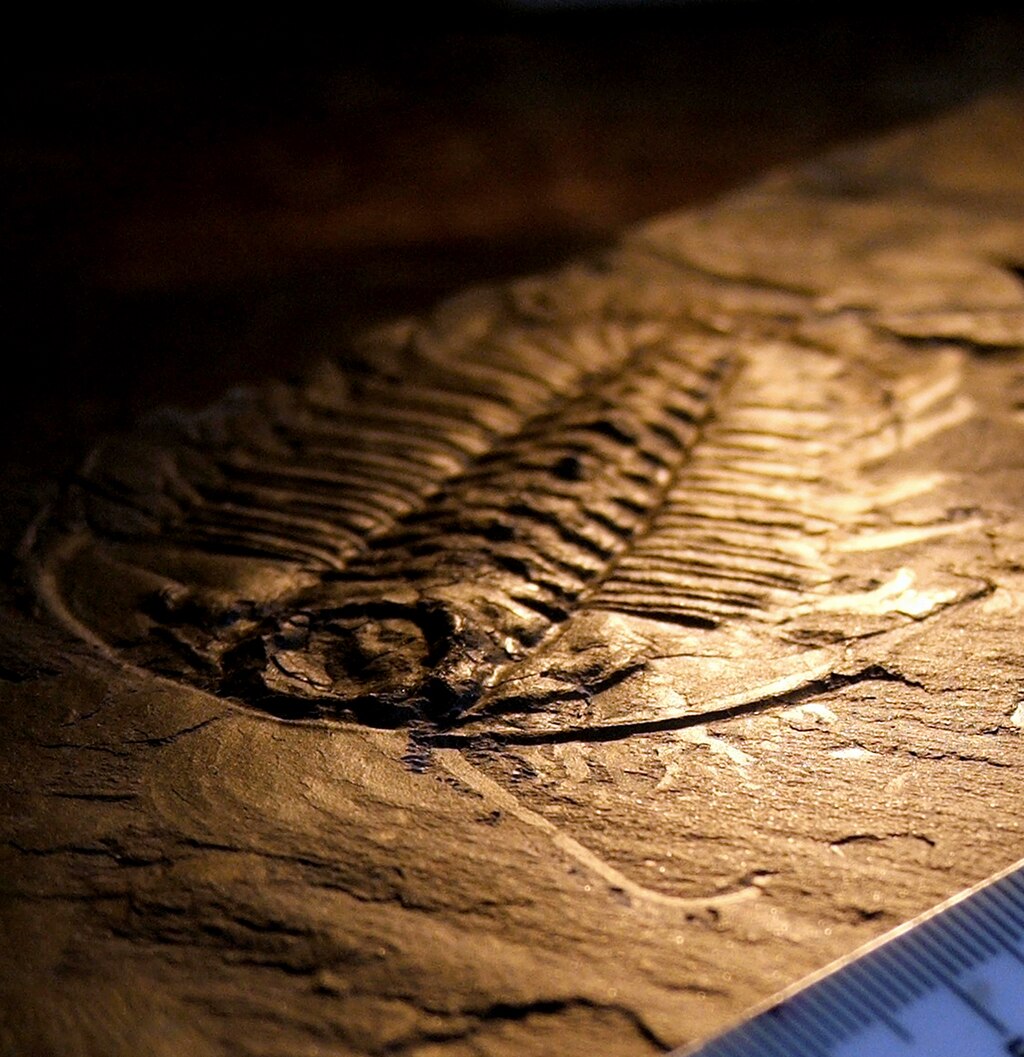
Trilobites, like this fossilized Olenoides serratus from the Burgess Shale, may be the most famously recognizable of the animal classes that arose and exploded into a great diversity of body forms during the Cambrian period. Credit: Smith609 at English Wikipedia, CC BY 2.5
AGU News
AGU25 annual meeting scientific program online
The online scientific program and schedule is now available for the December 2025 meeting in New Orleans, Louisiana. [schedule] [press registration]
Judge stops shutdown-related RIFs indefinitely
On Wednesday in AGU’s case to fight the Administration’s illegal mass firings, our federal judge issued an order blocking the mass firings and reorganizations of government agencies until our case is resolved. [Read more in Eos]
Featured Research
Changes in Earth’s orbit may have kick-started the Cambrian Explosion
Experts think surges in oxygen in the ocean and atmosphere may have fueled the quick diversification of animal life called the Cambrian Explosion more than 500 million years ago. But the cause of the oxygen surges is not known. Using model simulations, researchers showed that slow periodic changes in Earth’s orbit shifted the distribution of incoming energy from the sun on similar cycles of several million years as the oxygen fluctuations. Climate change caused by these long-period orbital cycles, the researchers argued, could have impacted the weathering of Earth’s land surfaces, releasing pulses of nutrients which flowed into the oceans, prompting bursts of photosynthesis that released oxygen as a byproduct. [Geophysical Research Letters study]
Regrowing forests may not help fight climate change as much as we thought
A new meta-analysis examined the impact of replanting trees on the output of greenhouse gases like carbon dioxide, but also less studied nitrous oxide and methane. They found that overall, replanting forests can be beneficial, helping to absorb carbon dioxide. However, maintaining healthy old growth forests and mitigating fossil fuel use went much further in combating climate change. [Global Biogeochemical Cycles study][Columbia Climate School press release]
Cities’ unused spaces could close nutritional gaps for citizens
Researchers used São Paulo as a case study to see how increasing access to urban gardens could change food scarcity in city settings. Areas chosen for these potential farms were evaluated for potential pollutants in the air, soil, and water, and only certain crops were considered to maximize output and viability. The study found almost 400 suitable areas for farms and if these areas were utilized fully with specifically chosen crops, they could help fill nutritional gaps for over one million people in São Paulo. [Earth’s Future study]
How plant-fungi friendships are changing
A new framework shows how much carbon plants allocate to their endosymbionts and how that amount might change in the face of warming soil and rising carbon dioxide levels. [Eos research spotlight][JGR Biogeosciences study]
New earthquake model goes against the grain
Subducting plates are stronger in certain directions than others, which may be a factor in how earthquakes occur and how seismic waves propagate. [Eos research highlight][Geophysical Research Letters study]